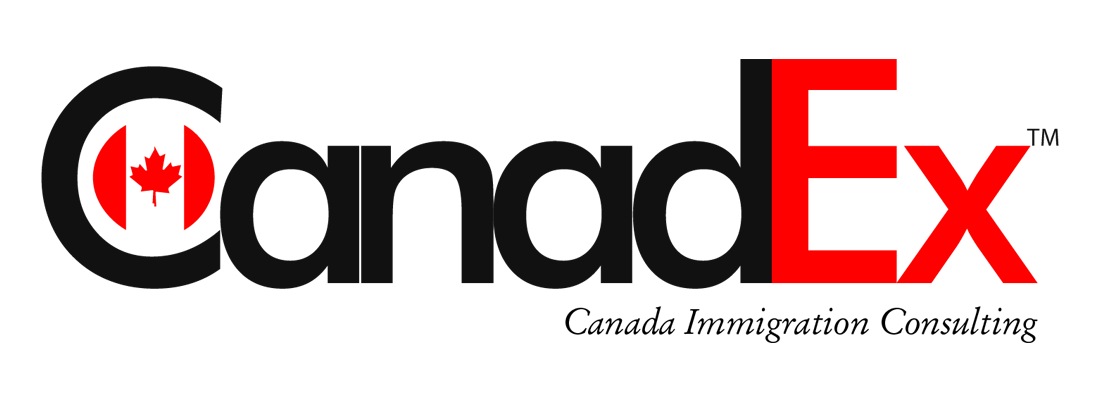Canada is bracing for a potential labor crisis in the railway traffic controller and marine traffic regulator sectors over the next nine years. If adequate action isn’t taken, thousands of job opportunities in these fields will remain unfilled. The country is counting on foreign nationals interested in obtaining permanent residence in Canada to address this labor shortage.
Get Free Assessment Now!
The Demand Gap and Immigration Opportunity
The Job Bank, Canada’s official job-hunting and career-planning platform, groups railway traffic controllers and marine traffic regulators under the National Occupational Classification (NOC) 2021 code 72604, along with other transportation officers and controllers. The government website projects a shortfall of 6,000 professionals in these roles between now and 2031.
A recent forecast by the Job Bank reveals a significant demand-supply gap in the transportation officers and controllers sector. While it anticipates approximately 17,100 new job openings due to expansion and replacement demand between 2022 and 2031, only 11,100 new job seekers, including school leavers, immigrants, and mobile workers, are expected to be available to fill these positions.
The occupational group is experiencing a swift post-pandemic recovery, resulting in an even more substantial surplus of job openings compared to available job seekers. This shift has not only eliminated the temporary surplus experienced between 2019 and 2021 but also transitioned it into a shortage scenario from 2022 to 2031.
A New Path to Permanent Residence
In a bid to address Canada’s labor shortages effectively, Immigration, Refugees, and Citizenship Canada (IRCC) have revamped the Express Entry system. This change allows the targeting of 82 specific jobs in high-demand sectors such as healthcare, technology, trades, transport, and agriculture. Remarkably, this includes railway traffic controllers and marine traffic regulators, creating a new immigration pathway for skilled professionals in these fields.
The flagship Express Entry selection system has traditionally conducted draws based on immigration programs rather than targeting specific occupations. However, the recent changes offer an opportunity for qualified foreign nationals to obtain permanent residency in Canada through occupation-targeted Express Entry system draws.
Former Immigration Minister Sean Fraser emphasized the importance of recruiting foreign nationals to bolster the Canadian economy, address chronic labor shortages, and support business growth. These changes aim to provide skilled workers needed for economic expansion while also increasing the number of French-proficient candidates to enhance the vitality of French-speaking communities.
Financial Prospects for Railway and Marine Professionals
Job Bank data indicates that the median hourly wage for railway traffic controllers and marine traffic regulators in Canada is $45.50. However, the wage range varies from a low of $26.38 to a high of $58.70 per hour. Based on a standard 37.5-hour work week, professionals in these roles can potentially earn up to $114,465 annually in Canada.
As of mid-September, Indeed.ca, a prominent job-hunting website, listed 3,889 job openings in the transportation sector across the country. Candidates seeking to immigrate through Express Entry occupation-targeted draws must have a minimum of six months of continuous work experience in Canada or abroad within the past three years in one of these designated occupations. This experience could have been gained while working in Canada as a temporary foreign worker with a work permit or as an international student with a student visa.
A Responsive System for Labor Market Needs
The changes introduced in May have made the Express Entry streams, including the Federal Skilled Worker (FSW) program, Federal Skilled Trades (FST) program, Canadian Experience Class (CEC), and components of the Provincial Nominee Programs (PNP), more responsive to labor market needs. These changes are part of a broader effort to align immigration with the labor requirements of the Canadian workforce.
Canada first signaled its intention to conduct occupation-specific draws through the Express Entry system in June of the previous year. Amendments to the Immigration, Refugee, and Protection Act paved the way for invitations based on specific occupations and other attributes like language proficiency.
While most Canadian provinces have been issuing occupation-specific invitations for several years, these changes are designed to streamline and enhance the process further. Under these modifications, the immigration minister is required to consult provinces, territories, industry representatives, unions, employers, workers, advocacy groups, settlement providers, and immigration researchers before announcing new categories.
Additionally, IRCC is mandated to report to parliament annually on the chosen categories and the rationale behind those choices.
The Growing Demand for High-Skilled Workers
Employment and Social Development Canada (ESDC) has noted that the number of occupations facing shortages doubled between 2019 and 2021. Over the period from 2018 to 2022, federal high-skilled admissions accounted for a substantial percentage of overall French-speaking admissions outside Quebec, which manages its own immigration intake.
As Canada experiences a changing labor landscape, the recent alterations in the Express Entry system provide new opportunities for skilled professionals, especially in critical roles such as railway traffic controllers and marine traffic regulators. These professionals are invited to contribute to Canada’s growth and prosperity while addressing pressing labor shortages.
